“A story, once told, opens a gate for the one who tells it and the one who listens.”
You and your community are cordially invited to our Memory Palace…
libretto
“Strange, the story I’ve heard –unsettling as a dream…”
In a Memory Palace concerns itself with the destabilization of memory and identity due to age, cognitive impairment, displacement, or social isolation. The main character, a Viennese Catholic who relinquished her privilege as an “Aryan” to flee Hitler’s Europe with her Jewish husband, has endured all these experiences and is haunted by confused memories. The script dramatizes the plight of the sequestered elderly, while acknowledging that family members must often divide their attention among loved ones each of whom, in theory, deserves undivided attention.
Playwright Edith Newton’s libretto follows the traditional structure and prosody of a Japanese Noh play. The work was conceived as a Noh play because of the extent to which Noh stages the phenomenon of a person’s being located in one place and time in the physical world but existing much more intensely in a world of memory.
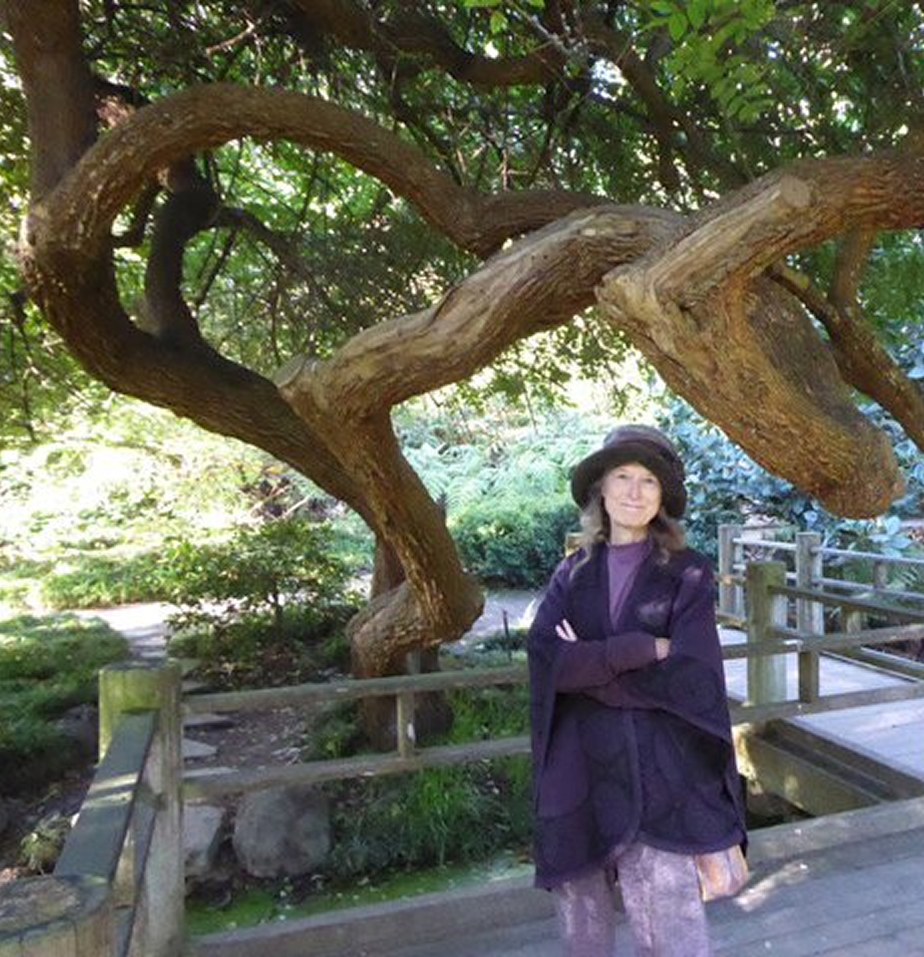
music
“At moments like this, if we listen, we will hear…”

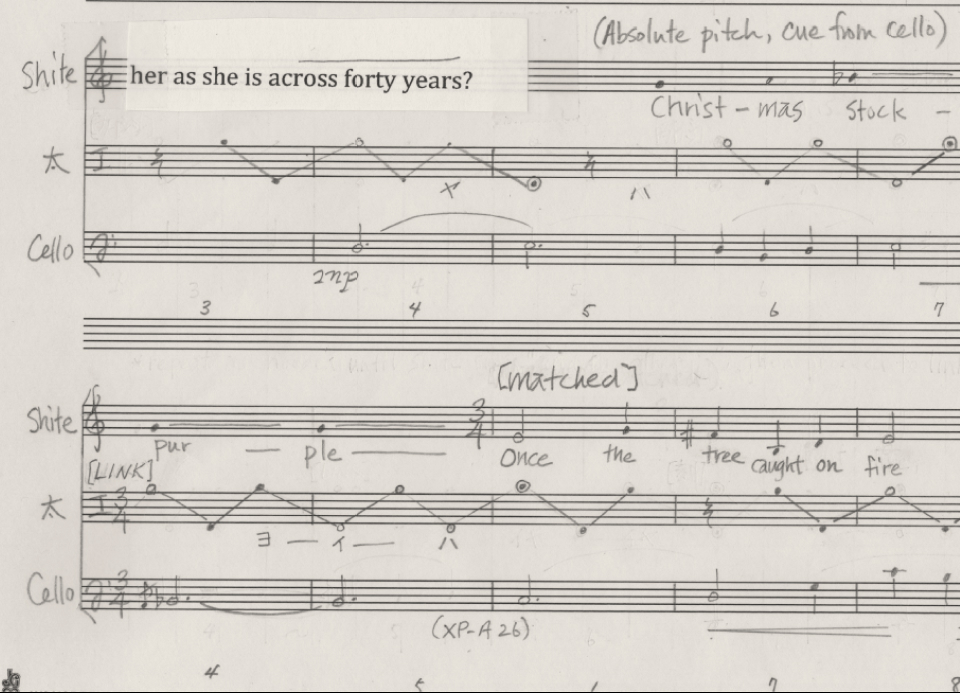
“My great gift was this: to make others beautiful...”
Masks
Master mask maker Kitazawa Hideta has created two stunning masks to be worn by the Hedwig Müller character in the play’s first and second halves, respectively. In the first half, Hedwig’s ghost inhabits the body of an elderly resident in a nursing home in modern-day America. In the second half, she appears as a sumptuous beauty reliving the prime of her life in interwar Vienna.
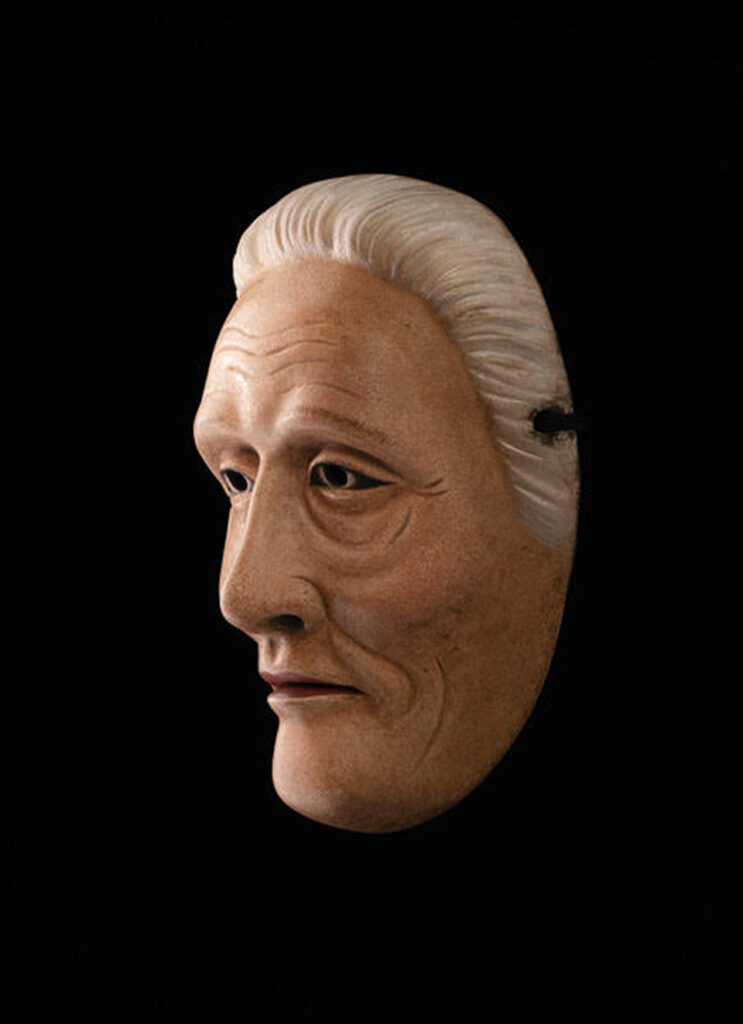
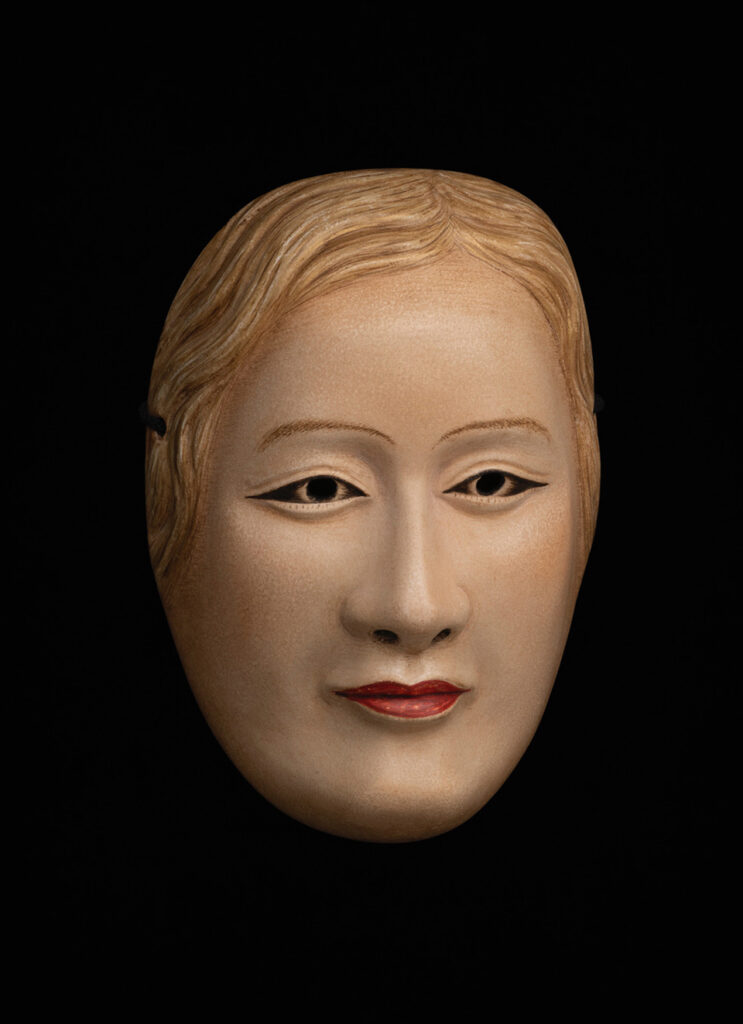
costumes
Costume designer Margaret Mitchell’s exquisite costumes reflect the two realities of the nursing home and Viennese haute couture while satisfying the needs of noh-based choreography. The result is a visual feast that complements the subtle poignancy of the masks.
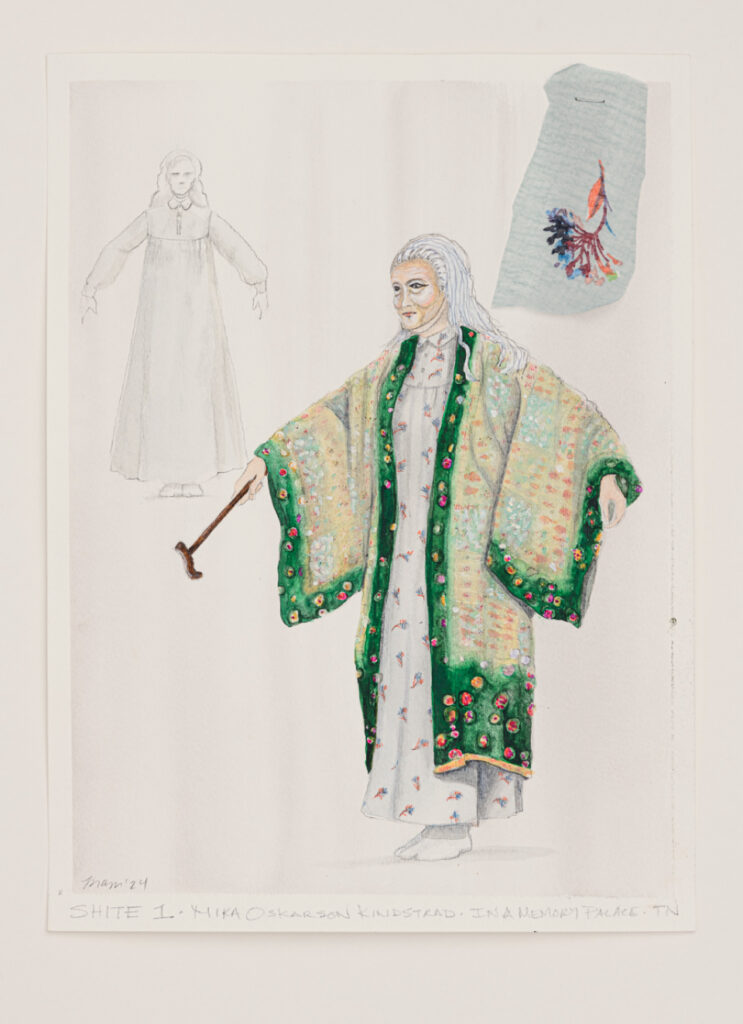
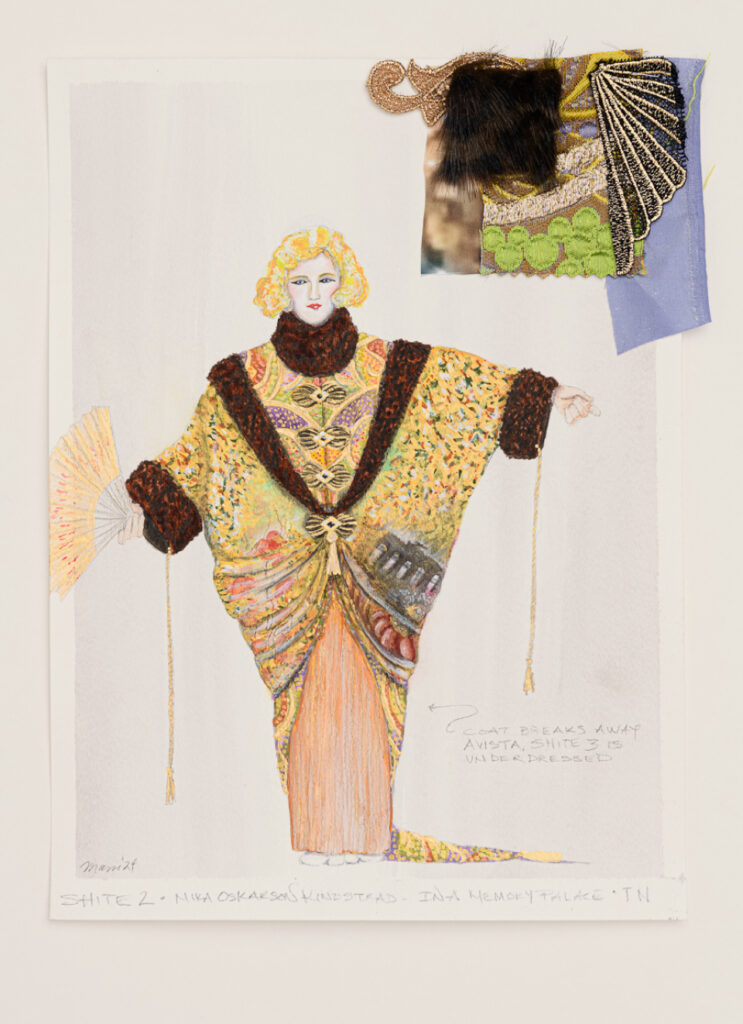
sets
Scenographer Mikiko Uesugi’s set is informed by the traditional noh stage, with elements inspired by late 19th- and early 20th-century Vienna, distilled to their essence.

Video
© 2025 In a Memory Palace. All rights reserved.
